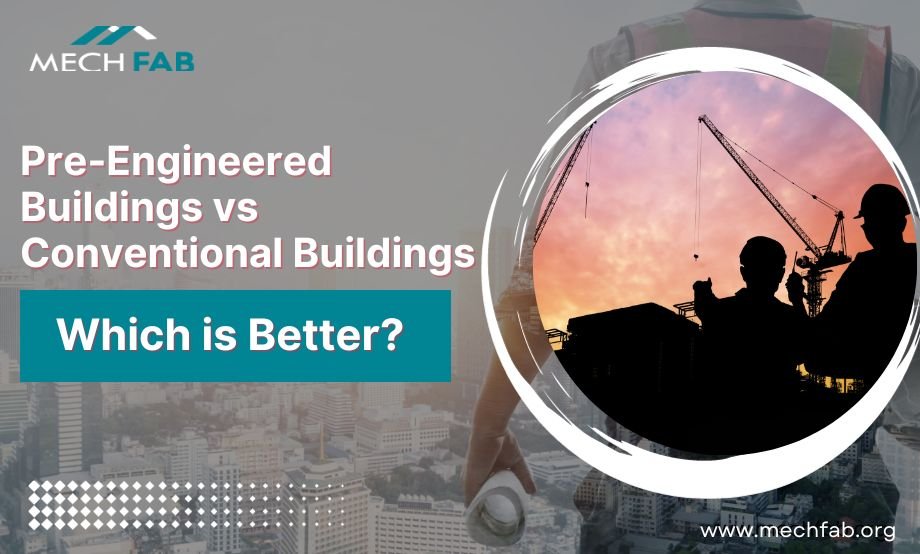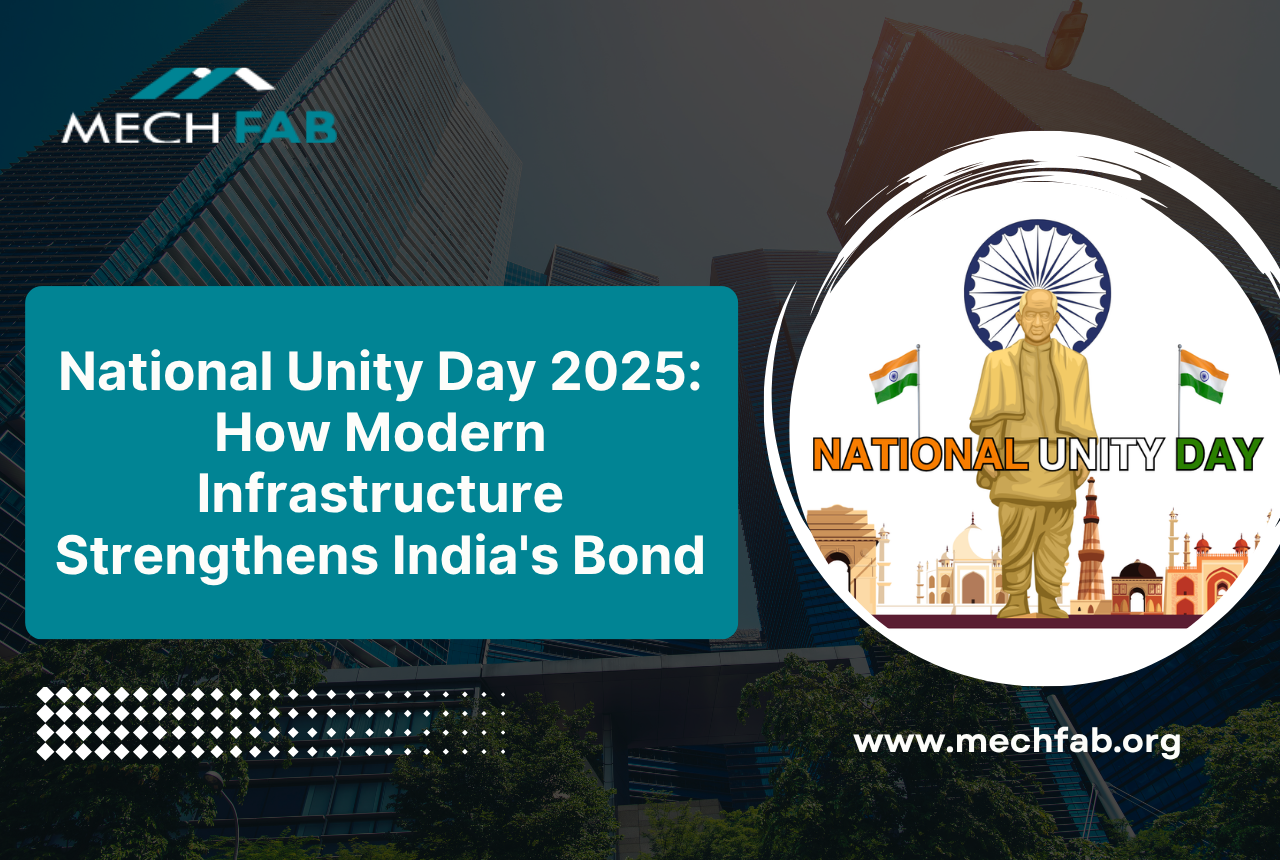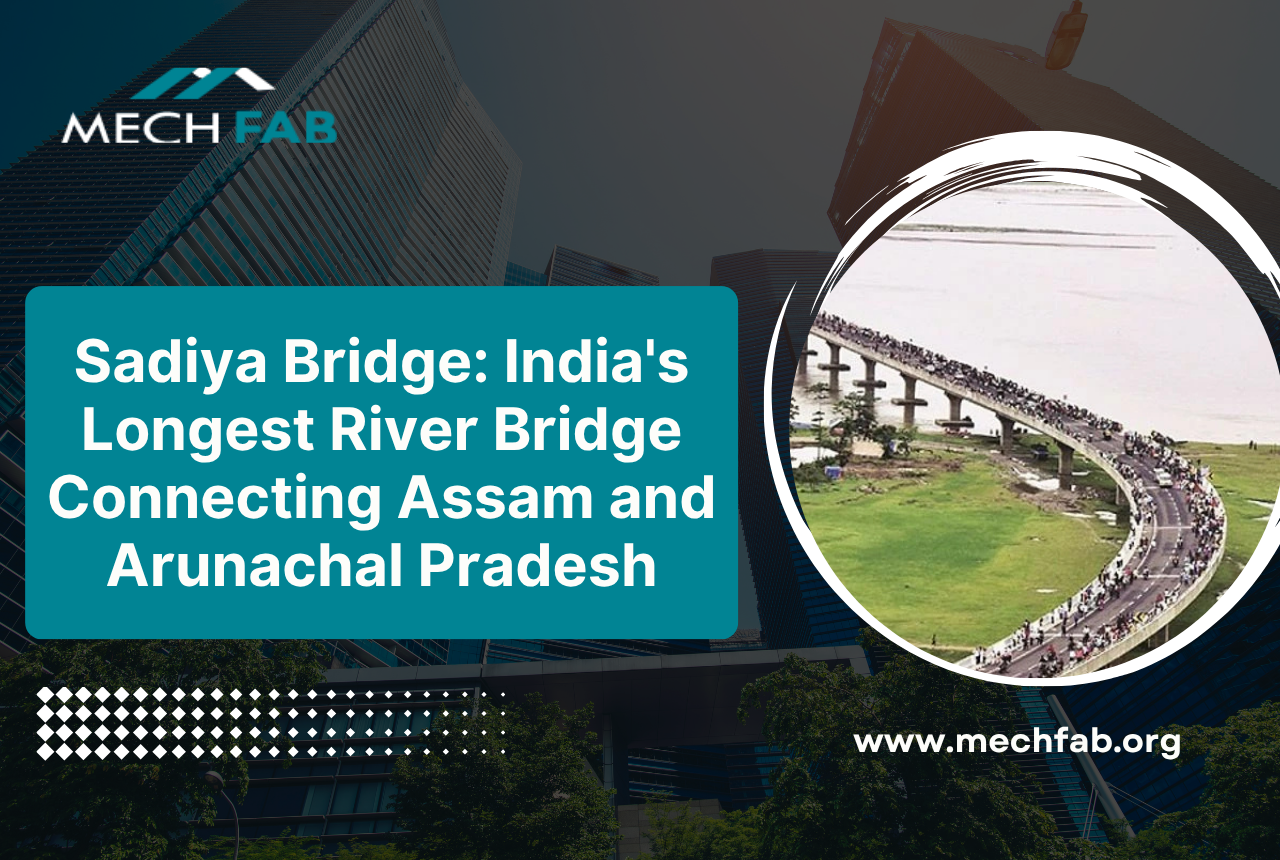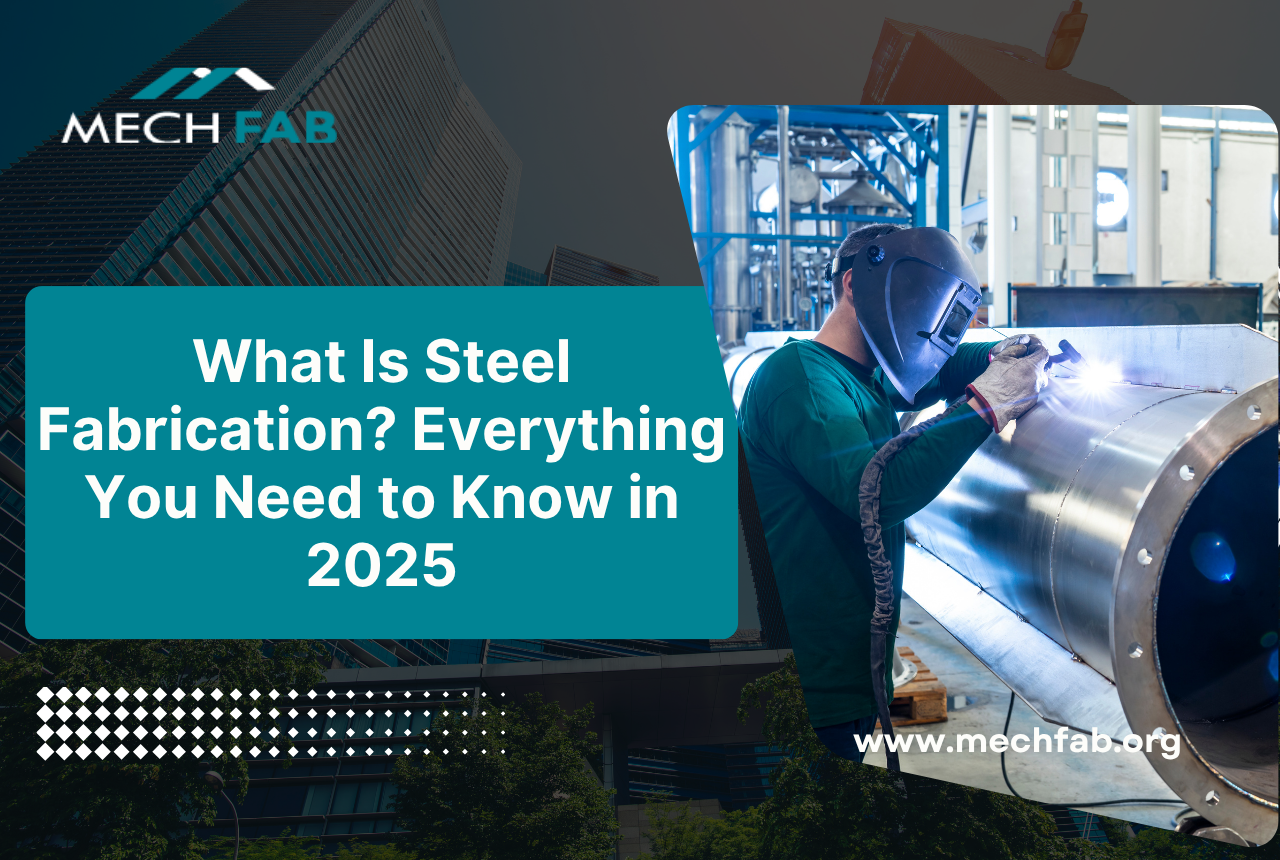In the dynamic realm of construction and building materials, innovation is the cornerstone of progress. Over the years, we’ve witnessed a remarkable evolution from conventional building techniques to the cutting-edge marvel that is the pre-engineered buildings (PEB), or prefabricated building. But in the quest for the ideal structural solution, which path should you tread?
Pre-engineered buildings, also known as prefabricated buildings, take center stage. These structures predominantly rely on steel components fabricated in a controlled factory environment. Following this, they are transported to the construction site and assembled through precise bolting. This approach involves the application of rigid framing, shaping the roof, beams, and columns. Furthermore, meticulous assembly of exterior panels, structural elements, and accessories brings the entire structure to fruition.
Comparison Between PEB and Conventional Buildings

One of the standout characteristics of pre-engineered buildings is their ability to provide expansive, column-free spaces, distinguishing them from their conventional counterparts, which depend on hot-rolled sections. Undoubtedly, this innovation has revolutionized the construction industry.
In contrast, conventional buildings use traditional materials like steel, brick, and cement. These components are fabricated and assembled directly at the construction site. The process involves on-site welding and cutting. Consultants play a crucial role in the detailed design, starting from scratch and demanding substantial input.
Here we have differentiated between pre-engineered buildings and conventional buildings on various parameters, which will help you understand a proper comparison between steel structure buildings and conventional buildings.
| Parameters | PEB | Conventional |
| Weight | 30% Lighter | Heavier |
| Structure | Primary Members are Tapered | Primary Members are hot-rolled ‘I’ Sections |
| Design | Software-based Standard designs that are replicable | Partially Automated Designs with manual intervention |
| Secondary Members are light-weight and roll-framed ‘Z’ and ‘C’ sections | Secondary Members are ‘I’ and ‘C’ sections, which are heavier in weight | |
| Delivery Timelines | Shorter duration | Can extend depending on complexity |
| Foundation | Simple design, easy to build | Substantial investment in foundation work |
| Erection Process | Easy, Fast & Safe | Labor: intensive |
| Seismic Resistance | Low-weight Weight Flexible Frames offer Higher Resistance to seismic forces | Relatively higher waste and energy consumption |
| Sustainability | Reduced waste and lesser impact on environment due to lean construction | Waste and energy consumption |
| Flexibility | Future expansion is simple, easy, and cost-effective. A single supplier can coordinate changes. | Revisions or additions can be difficult due to extensive redesign. |
| Performance | All components are specified and designed to act together as a system for maximum efficiency, precise fit, and performance. | Components are designed in general for possible use in many alternative configurations. |
| Accountability | Single-source responsibility | Multiple vendors involved |
| Overall Cost | The cost is slightly higher but is justified from a time advantage perspective. | The cost could be slightly lower than PEB structures, but it is difficult to accurately define the total costs. |
| Applications | Best suited for industrial, infrastructure, and warehousing projects. | Best suited for commercial establishments, institutional structures, industrial, and residential applications. |
Why Choose MECHFAB as PEB Manufacturers for Your Projects?
Since its inception on 1978, under the visionary guidance of Mr. Bhanwarlal Agarwal, MECHFAB has risen to become a premier PEB manufacturer in India. With a distinguished history of crafting and delivering impeccable steel fabrication, MECHFAB has firmly established itself as a beacon of excellence in the industry.
What distinguishes MECHFAB is its unwavering dedication to quality and innovation. The company specializes in fashioning custom, contemporary designs that not only prioritize durability and functionality but also showcase a refined aesthetic appeal. This commitment to constructing structures that are both resilient and visually striking positions MECHFAB as a trailblazer in the field.
MECHFAB prides itself on its team of seasoned pre engineered building manufacturers each possessing extensive industry experience. This collective expertise, coupled with a proven track record of consistently achieving timely project completion and delivering exceptional outcomes, solidifies MECHFAB’s position as a trusted partner in crafting outstanding structures.
In particular, MECHFAB offers top-tier pre-engineered building solutions that have earned widespread acclaim across diverse sectors, spanning commercial, industrial, infrastructure, and warehousing, not only within India but on a global scale. This resounding recognition serves as a testament to MECHFAB’s unwavering commitment to providing construction solutions of the highest caliber. When you choose MECHFAB, you’re selecting a partner dedicated to excellence in every facet of construction.
Wind Up
Deciding between pre-engineered and conventional buildings hinges on your project’s design needs and material specifications. Prior to making a choice, it’s crucial to weigh factors such as budget, safety, durability, and maintenance. Each pre engineered building suppliers offers its own set of advantages. In conclusion, the selection of building sections should align with the bending moment diagram, potentially varying in length. Optimal section choice not only leads to steel savings but also results in an overall cost reduction.
Consider your project’s design and material needs. Evaluate factors like budget, safety, durability, and maintenance before deciding between pre-engineered and conventional buildings.
Also Read: 7 Effective Ways to Build Earthquake-Proof Buildings.






